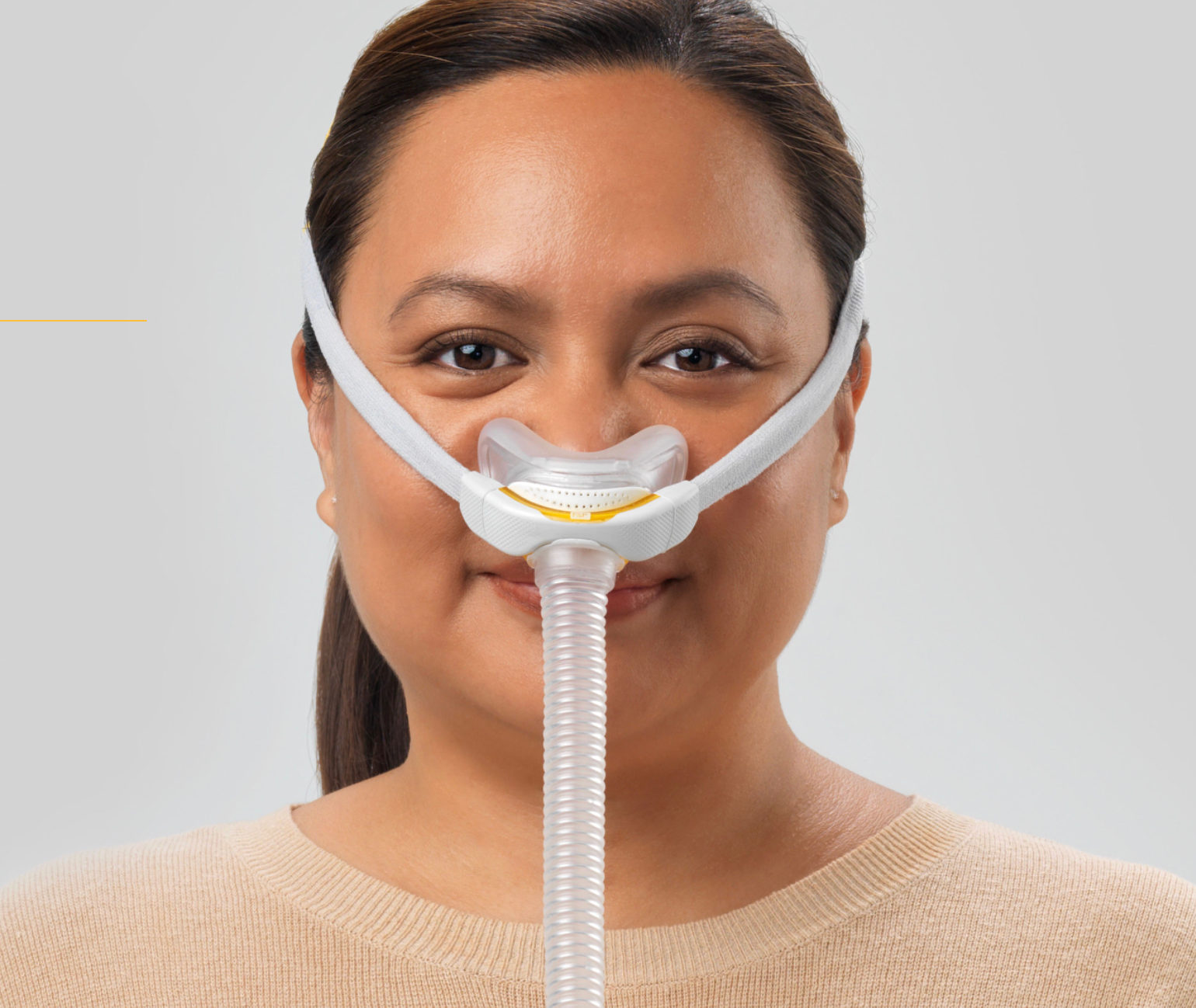The Health Impact of Daylight Saving Time: Insights into Sleep, Mental Health, and Productivity
The Health Impact of Daylight Saving Time: Insights into Sleep, Mental Health, and Productivity
Daylight Saving Time (DST), often colloquially referred to as the "spring forward, fall back" practice, affects billions of people worldwide. While its original intention was to conserve energy during World War I, modern research has highlighted significant concerns about its unintended consequences, especially concerning human health. As we navigate the twice-yearly ritual of adjusting our clocks, it’s essential to explore the hidden impact that DST has on sleep, mental health, cardiovascular health, and workplace productivity.
In this comprehensive examination, we will delve into the science behind Daylight Saving Time, evaluate the extent of its impact on different aspects of health, and consider whether the benefits truly outweigh the consequences. Outside sources, including scientific studies, medical research, and expert commentary, will guide our understanding of this controversial practice.
The History and Original Purpose of Daylight Saving Time
The concept of Daylight Saving Time was first proposed by Benjamin Franklin in 1784 as a way to economize on candle usage. It wasn't until World War I that the idea was implemented on a wide scale, aimed at conserving energy by making better use of daylight. Today, over 70 countries observe DST, affecting roughly 1.6 billion people worldwide (Prerau, 2023).
However, the rationale for Daylight Saving Time has evolved significantly over the past century. The initial energy-saving purpose of DST is now largely redundant due to advancements in lighting technology and energy-efficient devices (Downing, 2021). Given this, many experts argue that the drawbacks of DST far outweigh its purported benefits, particularly when considering health impacts.
Impact on Sleep and Circadian Rhythms
One of the most profound effects of DST is on human sleep patterns. Moving the clock forward or backward by just one hour may seem trivial, but it can cause disruptions to our circadian rhythms—the body's natural internal clock that regulates sleep-wake cycles. This disruption can lead to a cascade of health issues (Walker, 2019).
A study published in the journal Sleep Medicine found that the rate of sleep disturbances increases significantly in the week following the transition to DST. The immediate consequences include difficulty falling asleep, poorer sleep quality, and daytime sleepiness (Harrison & Burgess, 2020). When sleep is interrupted, it doesn't only result in a few groggy mornings; prolonged disruptions in sleep patterns have been linked to a variety of health issues, including a weakened immune system, obesity, and increased stress levels (Watson, 2021).
Moreover, it takes approximately a week for most people to adjust fully to the time change—and for some, the adjustment can take even longer. Sleep deprivation during this period is of particular concern for those who are already sleep-deprived, such as shift workers, young parents, and individuals with pre-existing sleep disorders.
Mental Health Consequences
The link between DST and mental health has become a growing area of study. When the clocks change, our sleep schedules shift, but so do our moods. Several studies have shown that the transition into and out of DST is associated with an increased incidence of mood disorders, particularly depression.
A comprehensive meta-analysis conducted by researchers at the University of Copenhagen found that the number of depression cases spikes significantly in the weeks following the fall time change (Jensen et al., 2022). The abrupt alteration in daylight exposure can exacerbate seasonal affective disorder (SAD), a type of depression that typically occurs during the darker months of the year (Rosenthal, 2020).
The stress of adapting to a new schedule and the accompanying sleep deprivation can also trigger anxiety in individuals prone to such conditions. This heightened stress response, even if it is short-lived, can have lasting implications for overall mental well-being.
Cardiovascular and Metabolic Health Risks
Aside from affecting sleep and mental health, DST has also been linked to an increased risk of cardiovascular events. Studies indicate that the number of heart attacks rises by about 24% on the Monday following the spring transition to DST (Sandhu et al., 2018). This phenomenon, often referred to as "the Monday effect," can be attributed to a combination of disrupted circadian rhythms, increased stress, and the effects of sleep deprivation.
In addition, DST impacts metabolic health. Researchers from the University of Colorado reported that the sudden time change can disrupt the body's metabolic processes, leading to increased levels of insulin resistance and potential exacerbation of metabolic conditions like type 2 diabetes (Peterson & Wright, 2021). The body’s internal clock plays a critical role in metabolism, and any misalignment can impair glucose tolerance and promote weight gain.
Effects on Productivity and Workplace Safety
Daylight Saving Time doesn’t just impact individual health—it also affects workplace productivity and safety. Studies have shown that DST leads to a noticeable dip in workplace performance and an uptick in accidents immediately following the transition. In fact, a study published in the Journal of Applied Psychology found a significant increase in the number of workplace injuries on the Monday after DST begins (Barnes & Wagner, 2019).
The economic cost of these disruptions is substantial. A report by the American Academy of Sleep Medicine estimates that the loss of productivity and the rise in workplace injuries and traffic accidents following DST costs the U.S. economy nearly $434 million annually (AASM, 2020). Beyond the immediate financial costs, the long-term effects on workplace morale and productivity are notable, as employees struggle with the adjustment.
The Controversy Around Daylight Saving Time
The practice of Daylight Saving Time has increasingly come under scrutiny, with many questioning its relevance in today’s society. Given the evidence of its negative impact on human health, several U.S. states, along with countries around the world, have proposed abolishing DST altogether. For instance, the European Parliament voted in 2019 to end DST by 2021, although implementation has faced delays due to political and logistical challenges (European Commission, 2023).
In the U.S., the Sunshine Protection Act, proposed in 2021, seeks to make DST permanent nationwide, eliminating the biannual clock changes. Proponents argue that this would reduce the health risks associated with the time change, while opponents raise concerns about the impact on morning darkness, especially for school children in northern states (Rubin & Braun, 2021).
Who Benefits from Daylight Saving Time?
Despite the mounting evidence against DST, it does have certain proponents who cite benefits such as increased evening daylight, which encourages outdoor activities and, potentially, improved physical health. Retailers, outdoor recreation companies, and the tourism industry often advocate for DST, noting that people are more likely to engage in outdoor shopping and activities when there is more daylight after work (Stevenson, 2022).
Additionally, some argue that DST contributes to energy savings. However, the actual energy savings are debatable. Studies have shown that while DST might reduce electricity usage for lighting, it can increase the use of heating and cooling systems, thereby negating any net savings (Kotchen & Grant, 2018).
Potential Solutions and Alternatives
Given the mounting evidence of health risks associated with DST, many experts are advocating for its abolishment or a shift to permanent standard time. Dr. Matthew Walker, a leading sleep scientist, has argued that permanent standard time aligns better with the human circadian clock, promoting better sleep and overall health (Walker, 2019).
An alternative approach could be to maintain a consistent time year-round, either standard time or DST. This would help mitigate the health risks associated with abrupt changes while still providing consistent daylight hours. In 2022, Mexico decided to eliminate DST in favor of permanent standard time, citing the negative health impacts on its population (Rodriguez, 2022).
Conclusion: Weighing the Costs and Benefits
Daylight Saving Time, originally introduced as an energy-saving measure, has become a complex issue that impacts more than just our clocks. The health consequences—ranging from sleep disturbances to increased risks of depression, cardiovascular problems, and workplace injuries—raise serious questions about whether the practice is still justified.
While some industries may benefit from the extended daylight hours, the negative impacts on human health and productivity are well-documented and cannot be ignored. As more research sheds light on the adverse effects of DST, policymakers and citizens must decide whether the costs of this outdated practice outweigh the perceived benefits.
A shift towards permanent standard time, or the elimination of DST altogether, could mitigate many of these health risks and bring us closer to a schedule that aligns with our natural biological rhythms. As we await legislative action, it remains crucial for individuals to take steps to protect their health during these transitions—prioritizing sleep, managing stress, and understanding the importance of aligning our routines with our circadian biology.
Bibliography
-
AASM. (2020). Daylight Saving Time and Workplace Productivity. American Academy of Sleep Medicine.
-
Barnes, C. M., & Wagner, D. T. (2019). "Changing to Daylight Saving Time Cuts Into Sleep and Increases Workplace Injuries." Journal of Applied Psychology.
-
Downing, M. (2021). Spring Forward: The Annual Madness of Daylight Saving Time. Brookings Institution Press.
-
European Commission. (2023). "End of Daylight Saving Time in the European Union." European Parliament Reports.
-
Harrison, Y., & Burgess, H. J. (2020). "Impact of Daylight Saving Time on Sleep." Sleep Medicine.
-
Jensen, T. S., et al. (2022). "The Effect of Daylight Saving Time Transitions on Depression." Journal of Affective Disorders.
-
Kotchen, M. J., & Grant, L. E. (2018). "Does Daylight Saving Time Save Energy? Evidence from a Natural Experiment in Indiana." The Review of Economics and Statistics.
-
Peterson, M., & Wright, K. P. (2021). "Circadian Disruption and Metabolic Consequences of Daylight Saving Time." Metabolism.
-
Prerau, D. (2023). Seize the Daylight: The Curious and Contentious Story of Daylight Saving Time. Thunder's Mouth Press.
-
Rodriguez, A. (2022). "Mexico Ends Daylight Saving Time." Mexico News Daily.
-
Rosenthal, N. E. (2020). Winter Blues: Seasonal Affective Disorder. Guilford Press.
-
Rubin, M., & Braun, K. (2021). "The Sunshine Protection Act: Pros and Cons." Harvard Law Review.
-
Sandhu, A., Seth, M., & Gurm, H. S. (2018). "Daylight Saving Time and Acute Myocardial Infarction." The American Journal of Cardiology.
-
Stevenson, R. (2022). "Retail Benefits from Daylight Saving Time." Journal of Retailing.
-
Walker, M. (2019). Why We Sleep: Unlocking the Power of Sleep and Dreams. Scribner.








Leave a comment
This site is protected by hCaptcha and the hCaptcha Privacy Policy and Terms of Service apply.